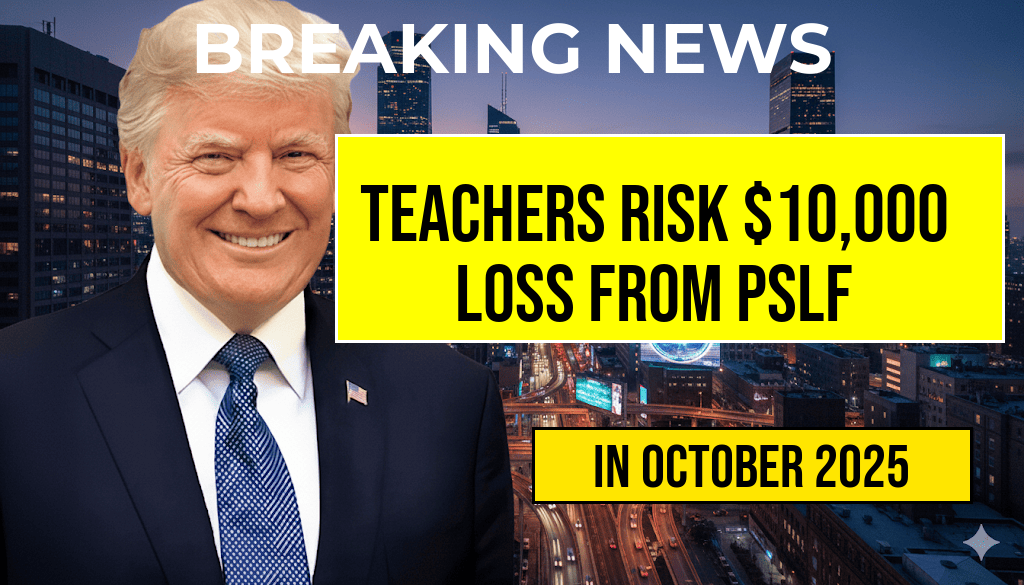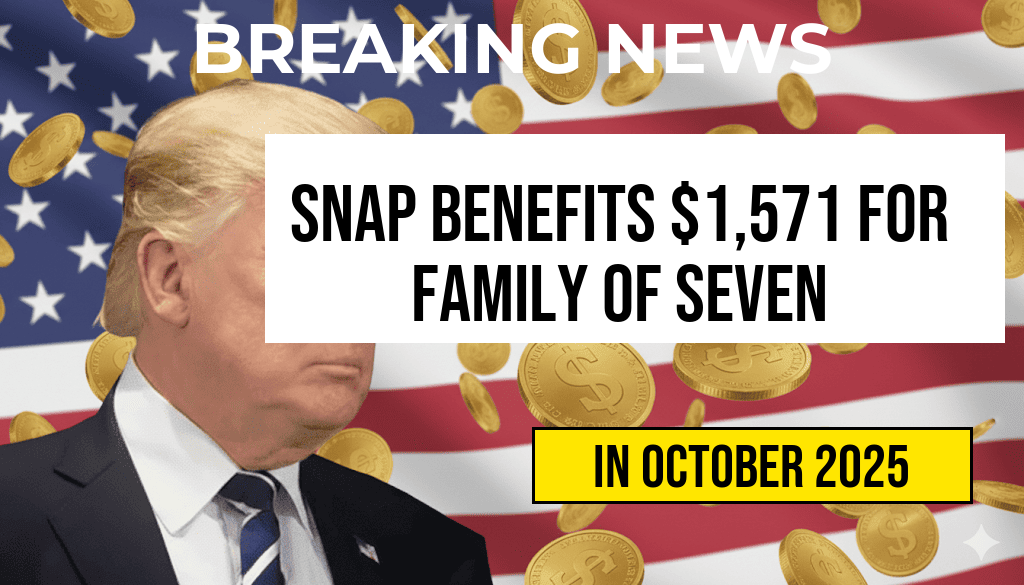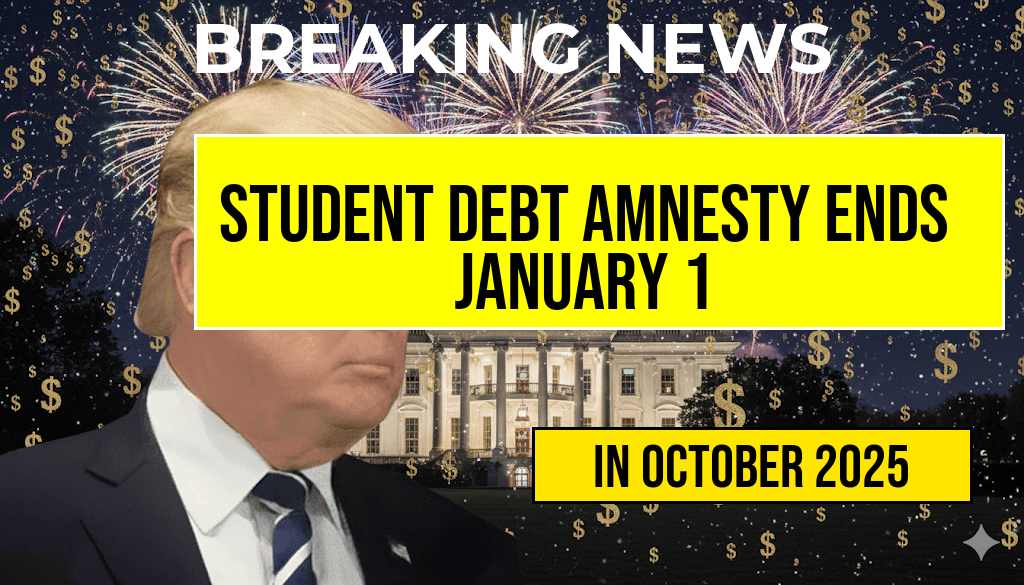Teachers across the United States may be unaware that they could lose over $10,000 in potential Public Service Loan Forgiveness (PSLF) benefits due to recent changes in the program’s eligibility criteria. The PSLF program, designed to encourage individuals to work in public service by forgiving federal student loans after 120 qualifying payments, has come under scrutiny as many teachers report discrepancies in their payment counts. As the deadline for certain temporary waivers approaches, educators are urged to verify their payment status to ensure they are not missing out on significant financial relief.
Understanding Public Service Loan Forgiveness
The Public Service Loan Forgiveness program was established to ease the burden of student debt for those who dedicate their careers to public service roles, including teaching. Eligible borrowers can have their remaining loan balances forgiven after making 120 qualifying monthly payments under a qualifying repayment plan while working for an eligible employer.
Recent Changes and Their Impact on Teachers
In recent years, the Department of Education has implemented changes to the PSLF program, particularly in response to criticisms regarding its complexity and accessibility. One notable change was the temporary waiver introduced during the COVID-19 pandemic, which allowed borrowers to receive credit for payments that may not have previously qualified. However, this waiver is set to expire soon, creating urgency for teachers to review their payment counts.
Key Steps to Monitor Your Payments
Teachers are encouraged to take the following steps to ensure they are on track for loan forgiveness:
- Log into your account: Visit the Federal Student Aid website to access your account and review your payment history.
- Check for qualifying payments: Confirm that your payments align with the 120 required for forgiveness. Keep an eye out for discrepancies.
- Submit employment certification: Regularly submit the Employment Certification Form (ECF) to document your qualifying employment. This will help you keep an accurate count of your payments.
- Seek assistance: If you encounter issues, consider reaching out to your loan servicer or organizations like the National Education Association (NEA) for guidance.
Potential Financial Impact
Failure to monitor these payments could lead to a significant financial loss. Many teachers report that they could lose upwards of $10,000 if their payment counts are inaccurate or if they do not act swiftly to correct any errors. As the end of the waiver period approaches, it’s critical for educators to ensure they are receiving the benefits they are entitled to.
A Closer Look at Payment Counts
Understanding how payments are counted toward the PSLF can be complex. Payments made under certain plans may not qualify, which is why it’s essential to verify that your repayment plan meets PSLF requirements. The following table outlines common repayment plans and their eligibility for PSLF:
| Repayment Plan | Eligible for PSLF? |
|---|---|
| Income-Driven Repayment Plans | Yes |
| Standard Repayment Plan | Yes |
| Graduated Repayment Plan | No |
| Extended Repayment Plan | No |
Resources for Teachers
For teachers looking to navigate the complexities of the PSLF program, several resources are available:
As the deadline for the temporary waiver nears, teachers are strongly encouraged to monitor their payment records closely. Taking proactive steps now can help safeguard against significant financial losses in the future and ensure that dedicated educators receive the benefits they deserve.
Frequently Asked Questions
What is the PSLF program and how does it benefit teachers?
The Public Service Loan Forgiveness (PSLF) program is designed to forgive federal student loans for individuals who work in qualifying public service jobs, including teachers. After making 120 qualifying payments while employed full-time in a public service position, borrowers can have the remaining balance of their loans forgiven.
What are the limits imposed on the PSLF program?
The PSLF program has specific limits that can affect eligibility for forgiveness, including criteria related to the types of loans qualifying for forgiveness and how payments are counted. In some cases, teachers may face a potential loss of over $10,000 if they do not monitor their payments and employment status closely.
How can teachers monitor their 120 payments for PSLF?
Teachers can monitor their 120 payments by regularly checking their loan servicer’s website, ensuring that their payments are categorized correctly, and maintaining accurate employment records. It is also advisable to submit the Employment Certification Form periodically to confirm eligibility.
What should teachers do if they discover discrepancies in their PSLF payments?
If teachers find discrepancies in their PSLF payments, they should contact their loan servicer immediately to rectify any issues. Keeping detailed records and communication logs can help address any concerns related to payment counts and eligibility.
Are there other options for student loan forgiveness for teachers?
Yes, apart from the PSLF program, there are other student loan forgiveness options available for teachers, such as the Teacher Loan Forgiveness Program. This program offers forgiveness for teachers who work in low-income schools for a certain number of years, but it has different eligibility criteria than PSLF.






